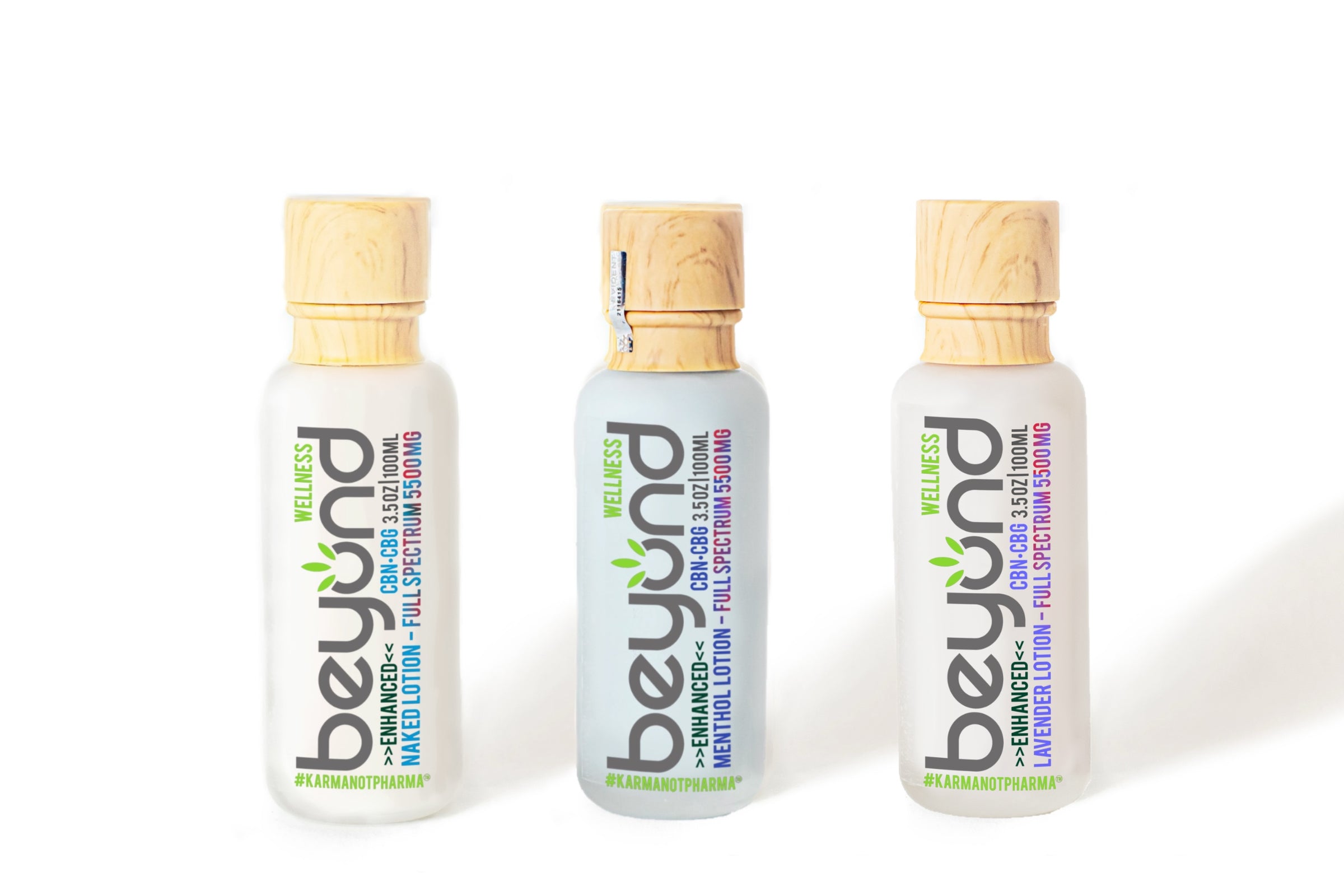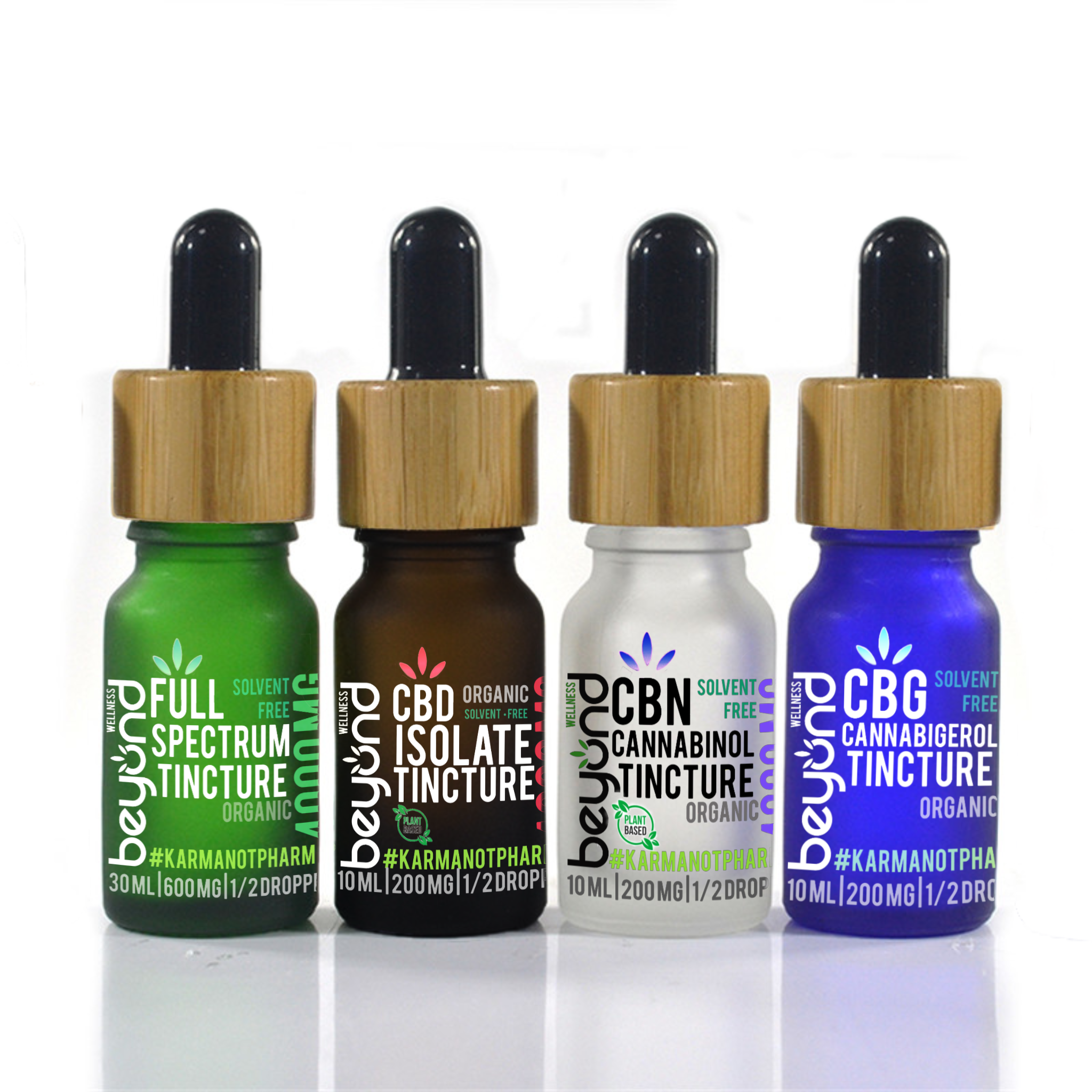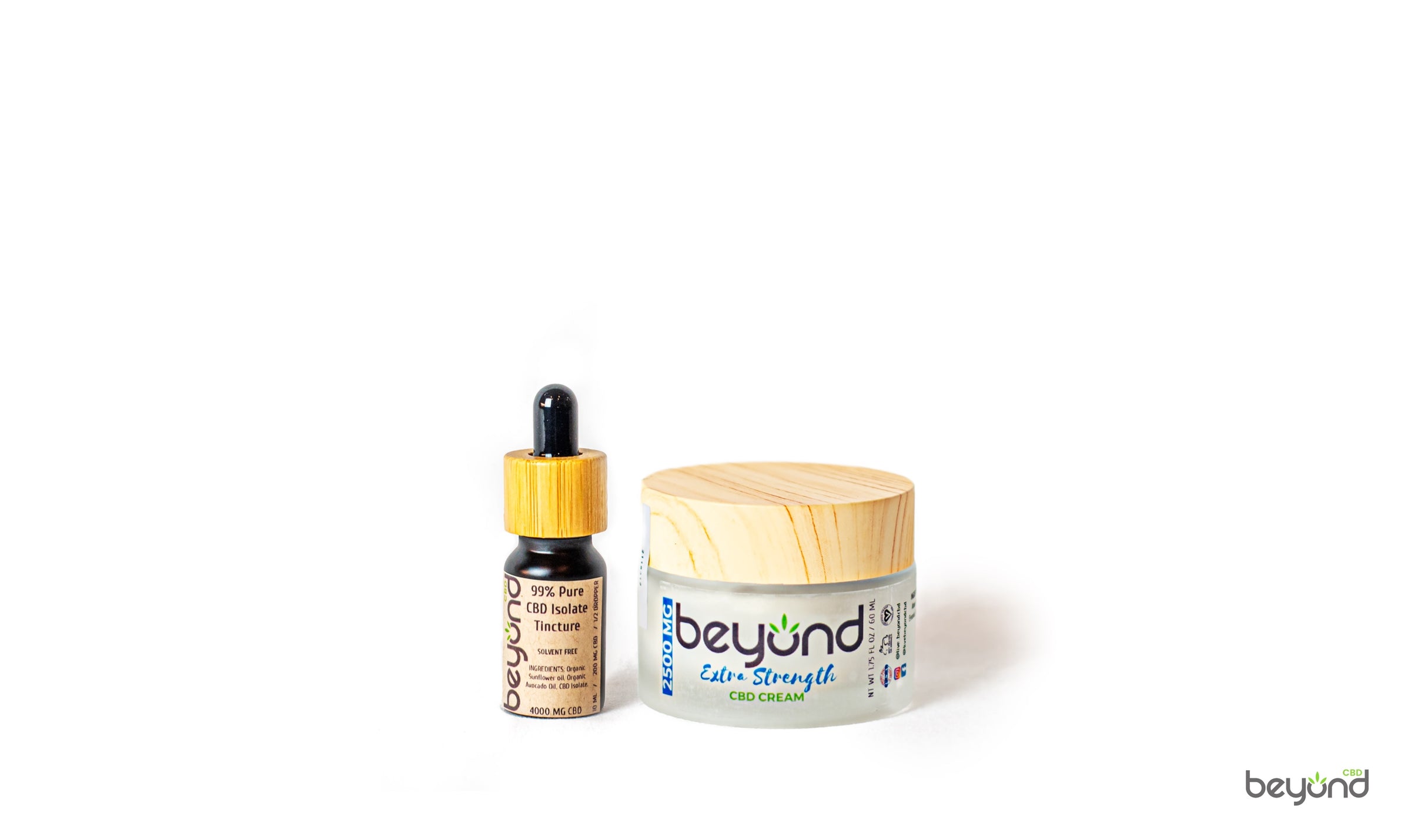News
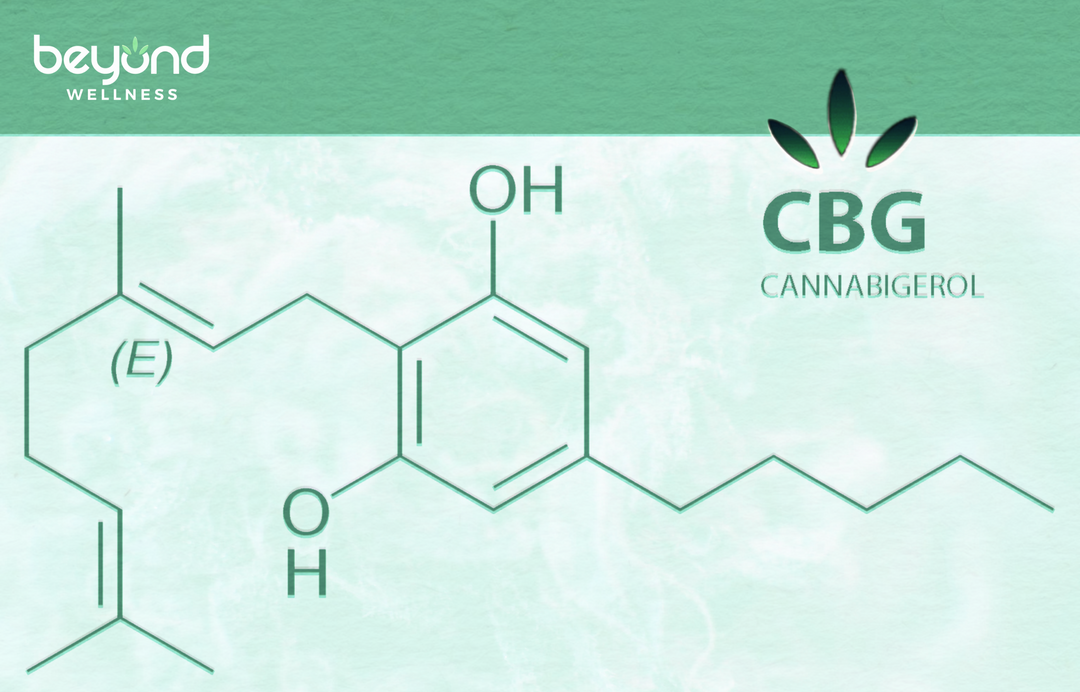
The growing body of research on cannabigerol (CBG) reveals its immense potential as a therapeutic compound. With its anti-inflammatory, neuroprotective, antimicrobial, anticancer, and mood-stabilizing properties, CBG presents a promising avenue for the development of novel treatments for a wide range of health conditions.
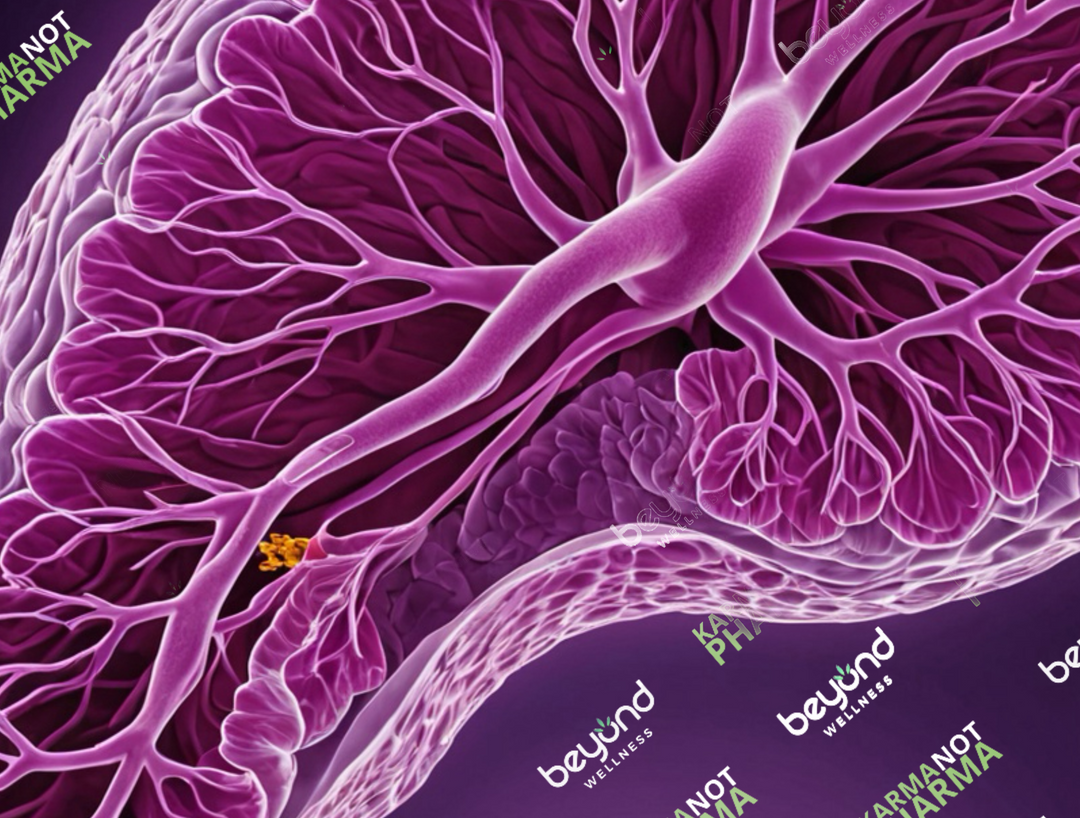

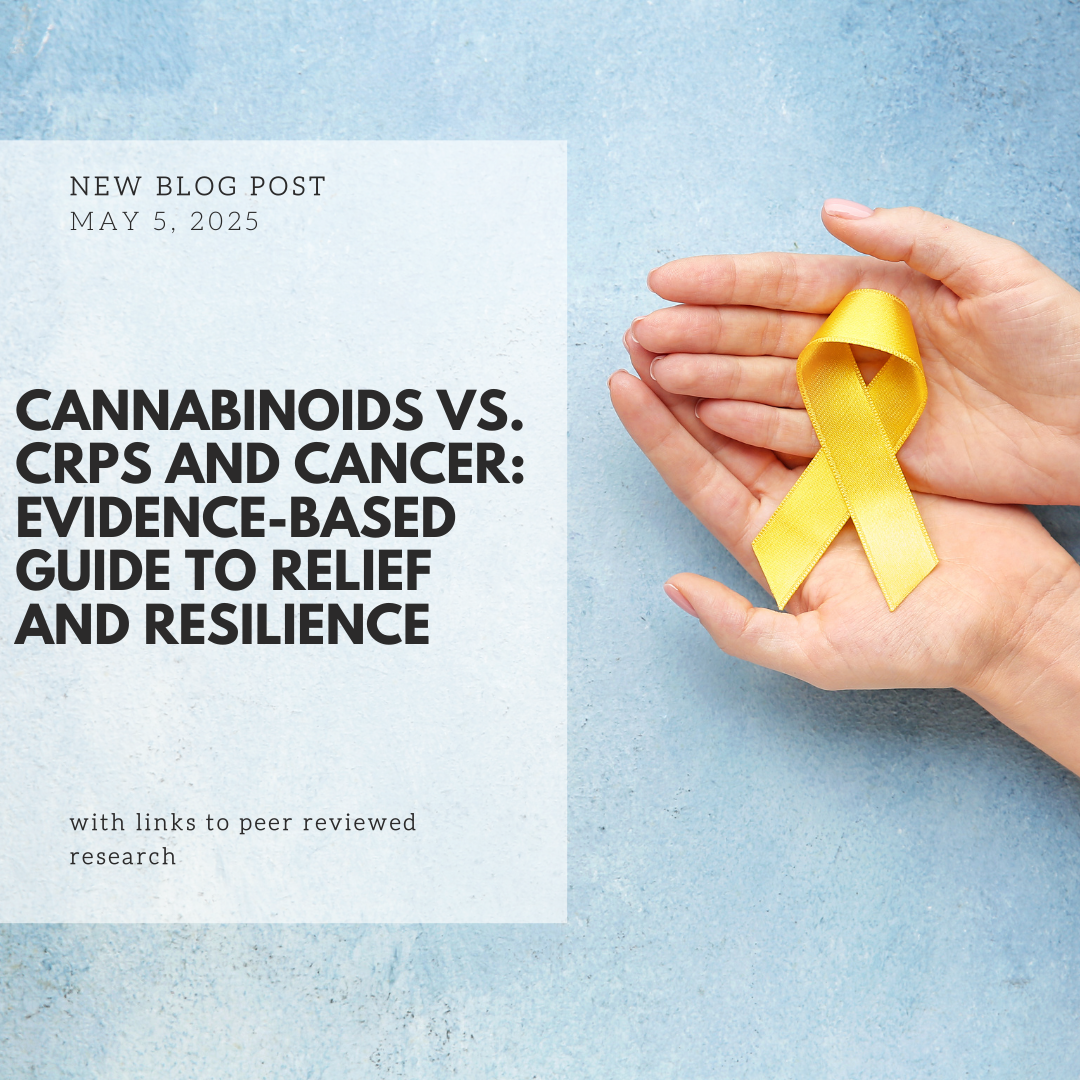
Emerging scientific evidence suggests that cannabinoids such as CBD, CBG, and CBN offer promising therapeutic potential for managing Complex Regional Pain Syndrome (CRPS) and myxofibrosarcoma. CBD has demonstrated anti-inflammatory, analgesic, and anticancer properties, making it valuable for chronic pain and tumor inhibition. CBG shows strong neuroprotective and antiproliferative effects, particularly in neuropathic pain and colorectal cancer models. CBN, primarily recognized for its sedative qualities, has been clinically shown to improve sleep quality without causing next-day fatigue and may also possess cytotoxic effects against cancer cells. While dosing varies, higher levels—such as 200 mg+ of CBD and 20 mg of CBN—are increasingly used in clinical settings. Continued research is essential, but cannabinoids stand as a compelling adjunctive therapy for patients seeking integrative options.

Understanding how your body absorbs cannabinoids like CBD, CBG, CBN, CBC, and THCA is key to unlocking their full potential. Factors like genetics, metabolism, and even your method of consumption impact how well these compounds work. While tinctures absorbed under the tongue boast high bioavailability (up to 75%), edibles lose much of their potency through digestion. High-potency topicals can penetrate all skin layers for long-term anti-inflammatory relief, while inhalation offers fast-acting effects. These cannabinoids interact with key receptors in the body—some of the same ones targeted by pharmaceuticals but without the harsh side effects. Ready to maximize your benefits? Choose the right method, pair it with food, and explore the power of full-spectrum products for optimal results.





